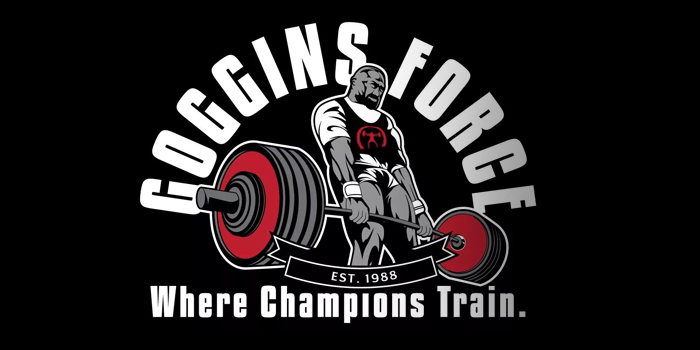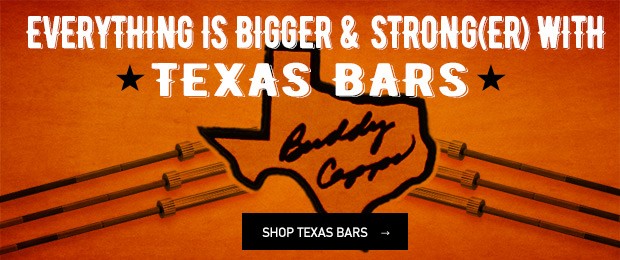
Audible cues are one of the most powerful learning tools for all lifters. This is why any serious powerlifting crew will yell cues for one of their lifters taking a heavy attempt in the gym or in a meet. A forceful reminder to keep your knees out or chest up in the squat, or to transfer weight onto your triceps by pushing back at your bench lockout, can serve to greatly improve technique, safety, and performance.
But what about when cues go wrong? What if you're simply using the wrong cues? In this video, Steve Goggins takes on the idea of "lat tightness" in the deadlift.
One of the most misused cues, Steve says that "lat tightness" is the wrong approach for heavy deadlifting. In his mind, it makes no sense to try to keep your lats tight when you deadlift by pulling your shoulders together. What you want when deadlifting isn't tightening your lats, but instead relaxing your arms and shoulders as much as you can. Steve says that you want to elongate your arms and shoulders in order to make your body as long as possible. This reduces the range of motion of your deadlift and helps you avoid pulling with the wrong muscles, which can lead to injury.
In powerlifting, the only time Steve recommends that you squeeze together your lats to stay tights is in the bench press. In the deadlift, if you elongate, take a deep breathe, and then pull the bar, you're squeezing everything but you aren't trying to tighten your lats. A lot of mishaps in the deadlift are a result of tightening the wrong body parts when you pull. This is what often leads to biceps injuries, and Steve even mentions one of his lifters who is dealing with a recurring shoulder injury because of tensing the wrong body part when deadlifting. His advice is to relax the upper body at the top without pulling or tightening.











Is this a different problem? Is there a way to overcome this while keeping the arms as long as possible?